The legacy of Merry Old England lives on in the American South. pic.twitter.com/ujnDUIz3Q3
— 𝒩𝒶𝓉𝒶𝓁𝒾𝒶 (@classicspilled) October 3, 2025

The legacy of Merry Old England lives on in the American South. pic.twitter.com/ujnDUIz3Q3
— 𝒩𝒶𝓉𝒶𝓁𝒾𝒶 (@classicspilled) October 3, 2025
Play is the making of civilization—how one plays the game
more to the point than whether the game is won or lost.
We follow development of best practice literature for spectator seating structures produced by the International Code Council, the National Fire Protection Association (NFPA 102), the American Society of Civil Engineers Structural Engineering Institute (ASCE SEI-7). There are also federal regulations promulgated by the Consumer Product Safety Commission. (Note that some of the regulations were inspired by the several regional building code non-profits before the International Code Council was formed in year ~ 2000)
The parent standard from the International Code Council is linked below:
ICC 300 Standard on Bleachers, Folding and Telescopic Seating, and Grandstands
The development of this standard is coordinated with the ICC Group A Codes. We have tracked concepts in it previous revisions; available in the link below.
2024/2025/2026 ICC CODE DEVELOPMENT SCHEDULE
As always, we encourage our colleagues with workpoint experience to participate directly in the ICC Code Development process. CLICK HERE to get started.
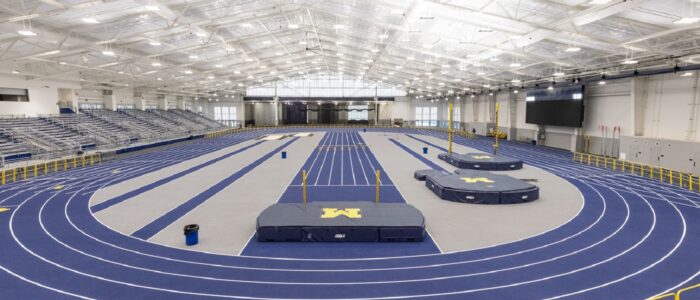
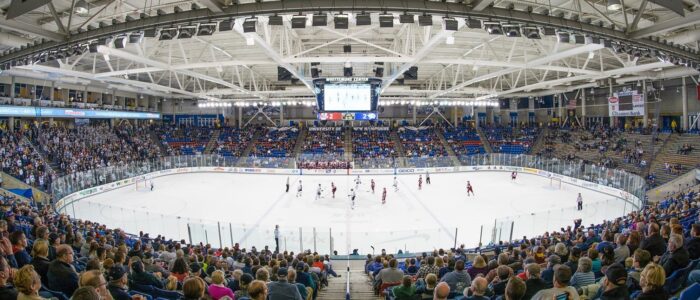
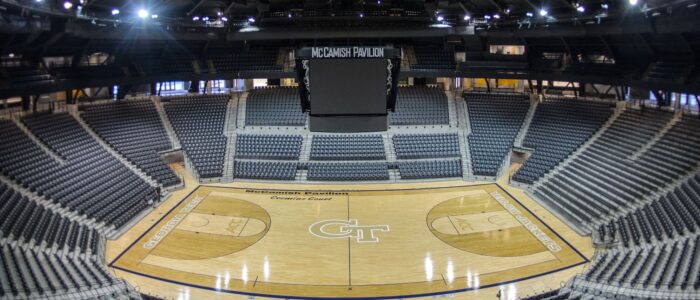
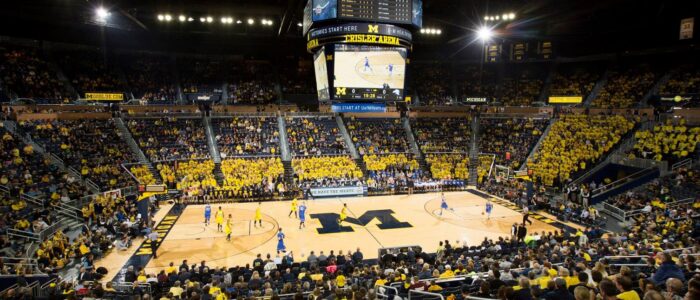
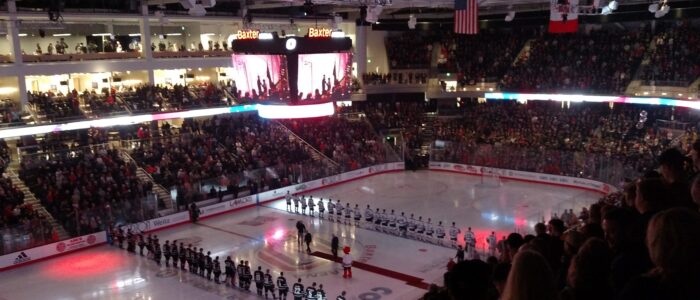
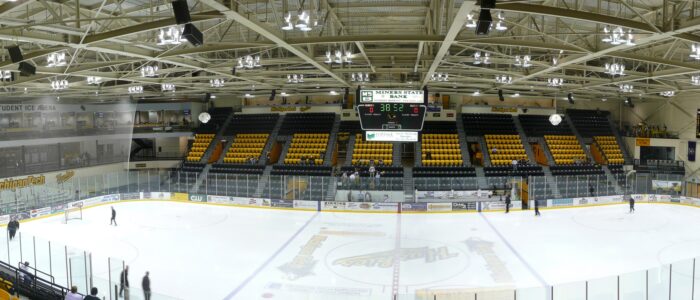
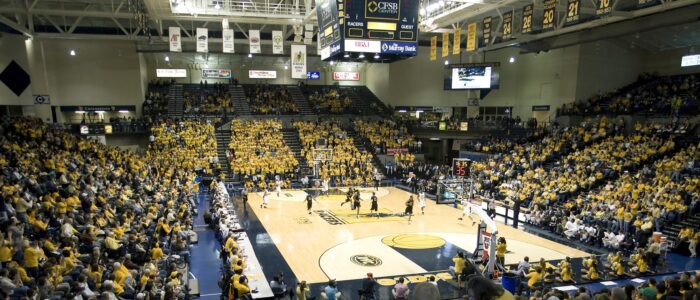
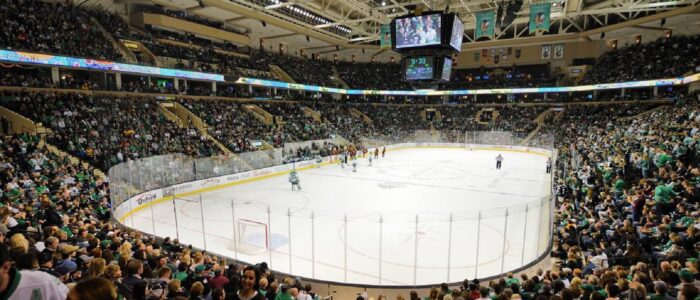
Category: Athletics & Recreation, Architectural, Public Safety
Contact: Mike Anthony, Jack Janveja, Richard Robben
Virtual reality technology in evacuation simulation of sport stadiums
LEARN MORE:
Student Membership | @ASTMStudentFans
Sport is the bloom and glow of a perfect health.
—Ralph Waldo Emerson
Sport programs, facilities and equipment support one of the most visible and emotionally engaging enterprises in the education communities. These programs are central to the brand identity of the community and last, but not least, physical activity keeps our young people healthy in body and mind.
ASTM International is one of the first names among the 300-odd ANSI accredited standards setting organizations whose due processes discover and promulgate the standard of care for the design, construction, operations and maintenance of the facilities that support these enterprises. The parent committee is linked below:
ASTM Committee F08 on Sports Equipment, Playing Surfaces, and Facilities
While ASTM bibliography is largely product-oriented, there are many titles that set the standard of care for sport enterprises and the accessories to these enterprises. To identify a few:
ASTM F1774 Standard Specification for Climbing and Mountaineering Carabiners
ASTM F2060-00(2011) Standard Guide for Maintaining Cool Season Turfgrasses on Athletic Fields
ASTM F1703-13 Standard Guide for Skating and Ice Hockey Playing Facilities
ASTM F1953-10 Standard Guide for Construction and Maintenance of Grass Tennis Courts
ASTM F1081-09(2015) Standard Specification for Competition Wrestling Mats
ASTM F2950-14 Standard Safety and Performance Specification for Soccer Goals
When the General Requirements of an athletic facility construction project indicates: “Conform to all applicable standards” then, in the case of an sport facility, the ASTM title is likely the document that defines the standard of care from a product standpoint. Interoperability of the products in a sport setting are quite another matter.
At the international level, we track action in ISO/TC 83 Sports and other recreational facilities and equipment administered globally by the Deutsches Institut für Normung e.V. ASTM International is ANSI’s Technical Advisory Group for this committee.
The ASTM standards development process depends heavily on face-to-face meetings — typically two times per year – in different parts of the United States. The benefit of this arrangement lies in the quality of discussion among subject matter experts that results produced from face-to-face discussion. The price to pay for this quality, however, lies in the cost of attendance for the user-interest in the education industry. Relatively few subject matter experts directly employed by a school district, college or university who are charged with lowering #TotalCostofOwnership can attend the meetings. Many of the subject matter experts who are in attendance at the ASTM meetings from the education industry tend to be faculty who are retained by manufacturers, insurance, testing laboratories, conformity and compliance interests. (See our discussion of Incumbent Interests)
That much said, ASTM welcomes subject matter experts on its technical committees (Click here) We encourage participation by end users from the education industry — many of them in the middle of athletic facility management organization charts. The parent committee meets twice a year; after which we usually find public review redlines developed during those meetings to hit our radar. The link to the schedule of face-to-face meetings appears below:
Note that the August 2020 cancelled but the November 2020 meeting still appears on the schedule. It is likely that much of the committee work will be done online.
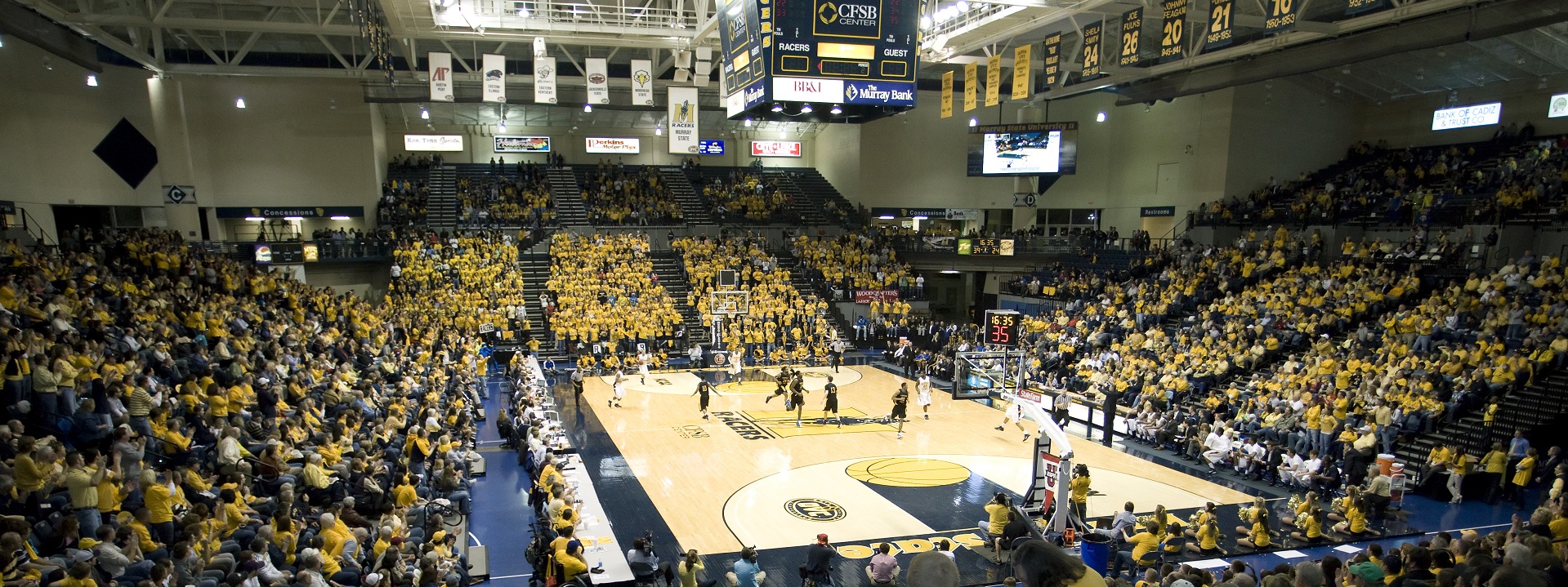
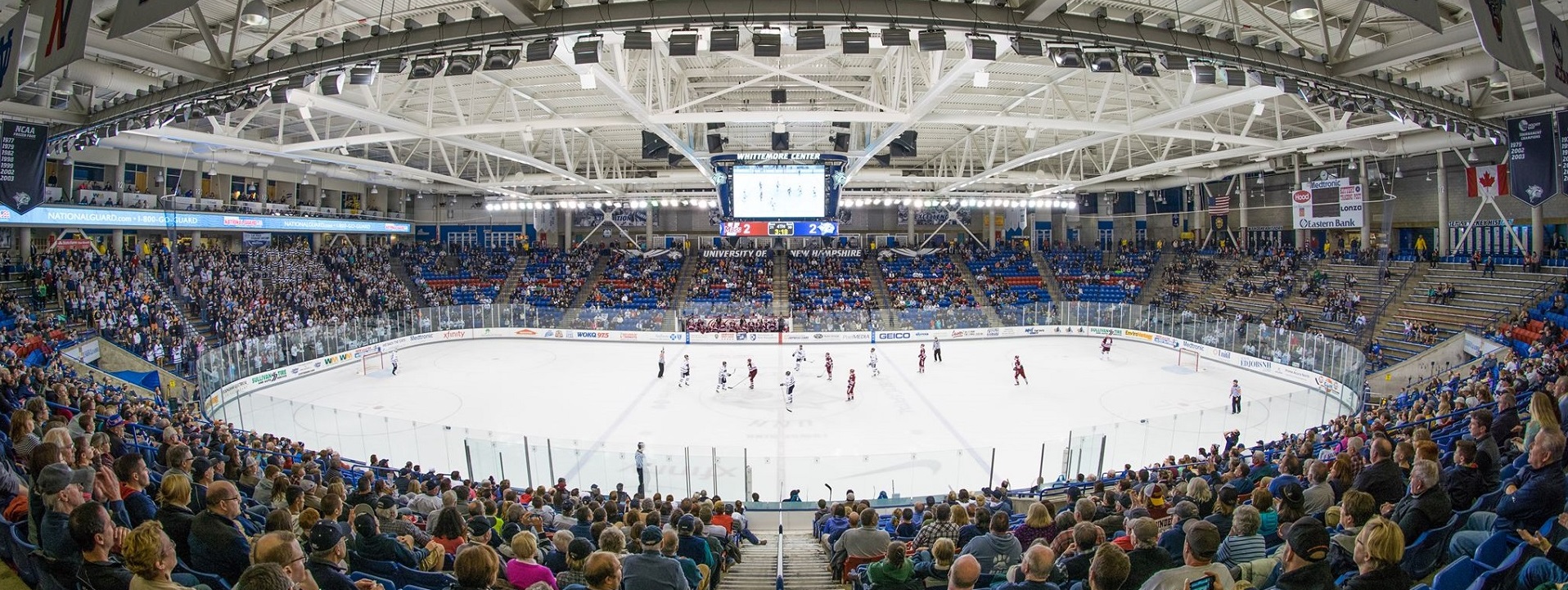
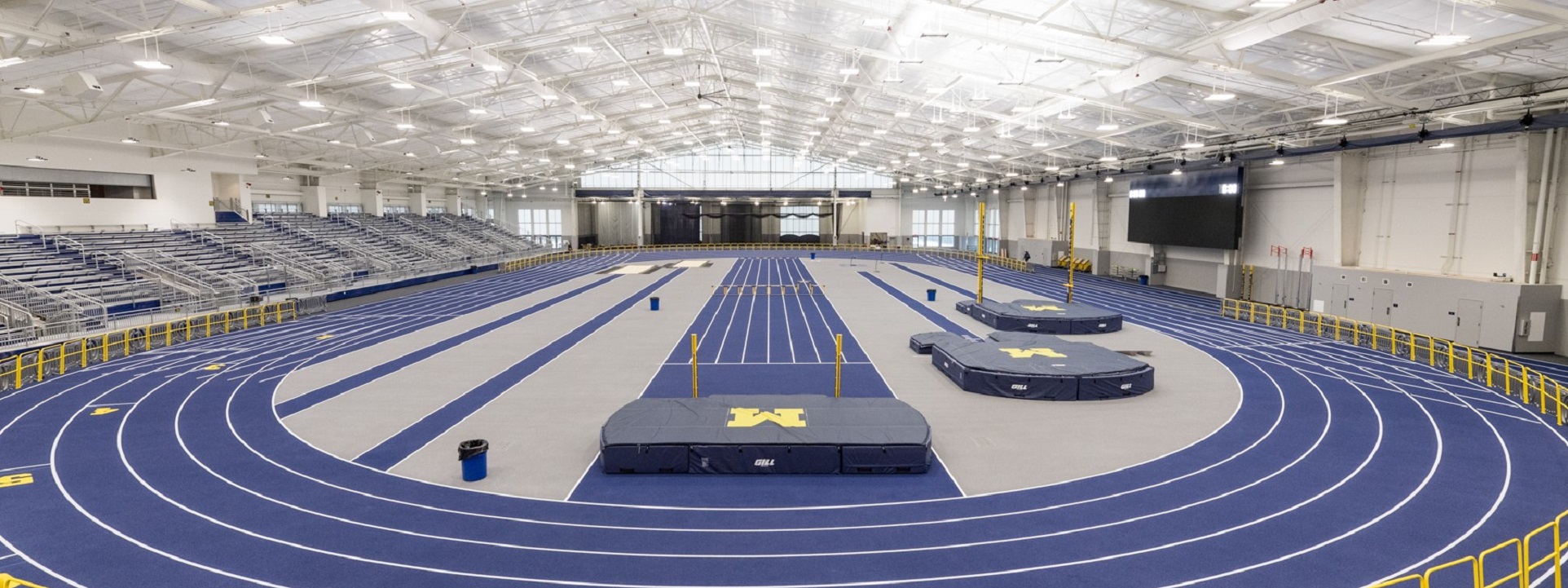
We are required to review draft ASTM consensus products with some care — owing to copyright restrictions — so we do it interactively online during teleconferences devoted to Sport. See our CALENDAR for the next online meeting; open to everyone.
Issue: [7-7] [10-32] [13-165] [20-156]
Category: Sport, Management, Risk Management
Contact: Mike Anthony, Jack Janveja, George Reiher, Richard Robben
Harvard upgrades stadium field | ASTM develops turf safety standards http://t.co/pObQduSg0Khttp://t.co/wRoCPDeVbZ pic.twitter.com/7gLp9tO3B1
— Standards Michigan (@StandardsMich) April 22, 2015
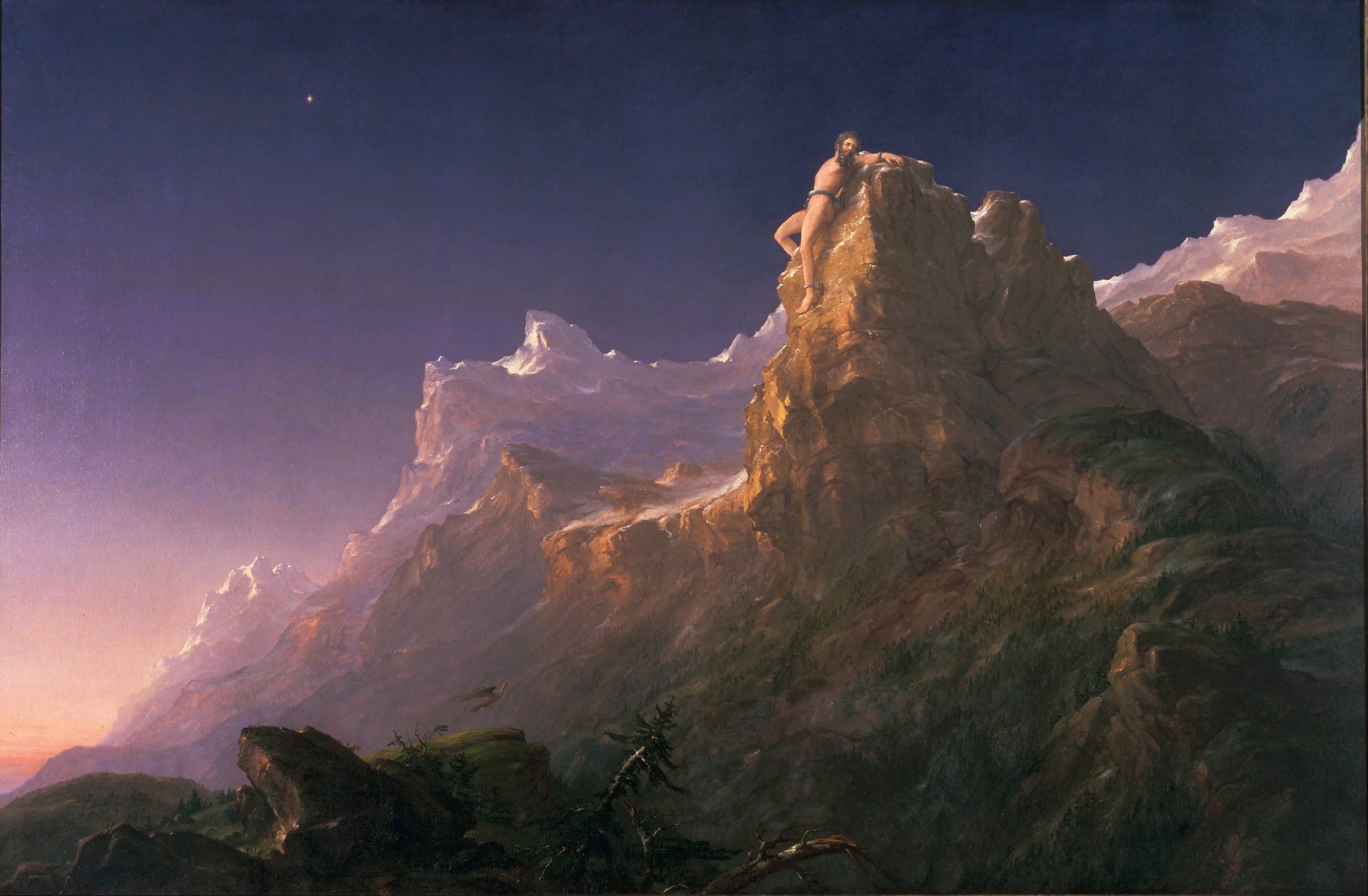
“Prometheus Bound” | Thomas Cole (1847)
NFPA 72 National Fire Alarm and Signaling Code is one of the core National Fire Protection Association titles widely incorporated by reference into public safety legislation. NFPA 72 competes with titles of “similar” scope — International Fire Code — developed by the International Code Council. We place air quotes around the word similar because there are gaps and overlaps depending upon whether or not each is adopted partially or whole cloth by the tens of thousands of jurisdictions that need both.
Our contact with NFPA 72 dates back to the early 2000’s when the original University of Michigan advocacy enterprise began challenging the prescriptive requirements for inspection, testing and maintenance (IT&M) in Chapter 14. There are hundreds of fire alarm shops, and thousands of licensed fire alarm technicians in the education facility industry and the managers of this cadre of experts needed leadership in supporting their lower #TotalCostofOwnership agenda with “code-writing and vote-getting”. There was no education industry trade association that was even interested, much less effective, in this space so we had to do “code writing and vote getting” ourselves (See ABOUT).
Code writing and vote getting means that you gather data, develop relationships with like minded user-interests, find agreement where you can, then write proposals and defend them at NFPA 72 technical committee meetings for 3 to 6 years. Prevailing in the Sturm und Drang of code development for 3 to 6 years should be within the means of business units of colleges and universities that have been in existence for 100’s of years. The real assets under the stewardship of these business units are among the most valuable real assets on earth.
Consider the standard of care for inspection, testing and maintenance. Our cross-cutting experience in over 100 standards suites allows us to say with some authority that, at best the IT&M tables of NFPA 72 Chapter 14 present easily enforceable criteria for IT&M of fire alarm and signaling systems. At worst, Chapter 14 is a solid example of market-making by incumbent interests as the US standards system allows. Many of the IT&M requirements can be modified for a reliability, or risk-informed centered maintenance program but fire and security shops in the education industry are afraid to apply performance standards because of risk exposure. This condition is made more difficult in large universities that have their own maintenance and enforcement staff. The technicians see opportunities to reduce IT&M frequencies — thereby saving costs for the academic unit facility managers — the enforcement/compliance/conformity/risk management professionals prohibit the application of performance standards. They want prescriptive standards for bright line criteria to make their work easier to measure.
While we have historically focused on Chapter 14 we have since expanded our interest into communication technologies within buildings since technicians and public safety personnel depend upon them. Content in Annex G — Guidelines for Emergency Communication Strategies for Buildings and Campuses — is a solid starting point and reflects of our presence when the guidance first appeared in the 2016 Edition. We shall start with a review of the most recent transcript of the NFPA Technical Committee on Testing and Maintenance of Fire Alarm and Signaling Systems
NFPA 72 First Draft Meeting (A2024)
Public Emergency Reporting Systems (SIG-PRS) First Draft
Public comment of the First Draft of the 2025 Edition is receivable until May 31, 2023. As always, we encourage direct participation in the NFPA process by workpoint experts with experience, data and even strong opinions about shortcomings and waste in this discipline. You may key in your proposals on the NFPA public input facility linked below:
You will need to set up a (free) NFPA TerraView account. Alternatively, you may join us any day at 11 AM US Eastern time or during our Prometheus or Radio colloquia. See our CALENDAR for the online meeting.
Issue: [15-213]
Category: Fire Safety & Security, #SmartCampus, Informatics
Colleagues: Mike Anthony, Joe DeRosier, Josh Elvove, Jim Harvey, Marcelo Hirschler
More
2013 NFPA 72 National Fire Alarm and Signaling Code (357 pages)
TIA-222 Standard For Towers And Antenna Supporting Structures
2025 GROUP B PROPOSED CHANGES TO THE I-CODES | Complete Monograph 2630 Pages
N.B.
G73-25 Section 410: Stages, Platforms and Technical Production Areas (Page 591-…) Submitted by the American Society of Theater Consultants
G77-25: Emergency ventilation (Pages 601-…)
G27-25: Type A and B stage definition (Page 490)
G78-25: Technical Production areas (Page 602)
American Society of Theater Consultants | Oberlin College
2024 GROUP A PROPOSED CHANGES TO THE I-CODES | Complete Monograph 2658 Pages
2024/2025/2026 ICC CODE DEVELOPMENT SCHEDULE
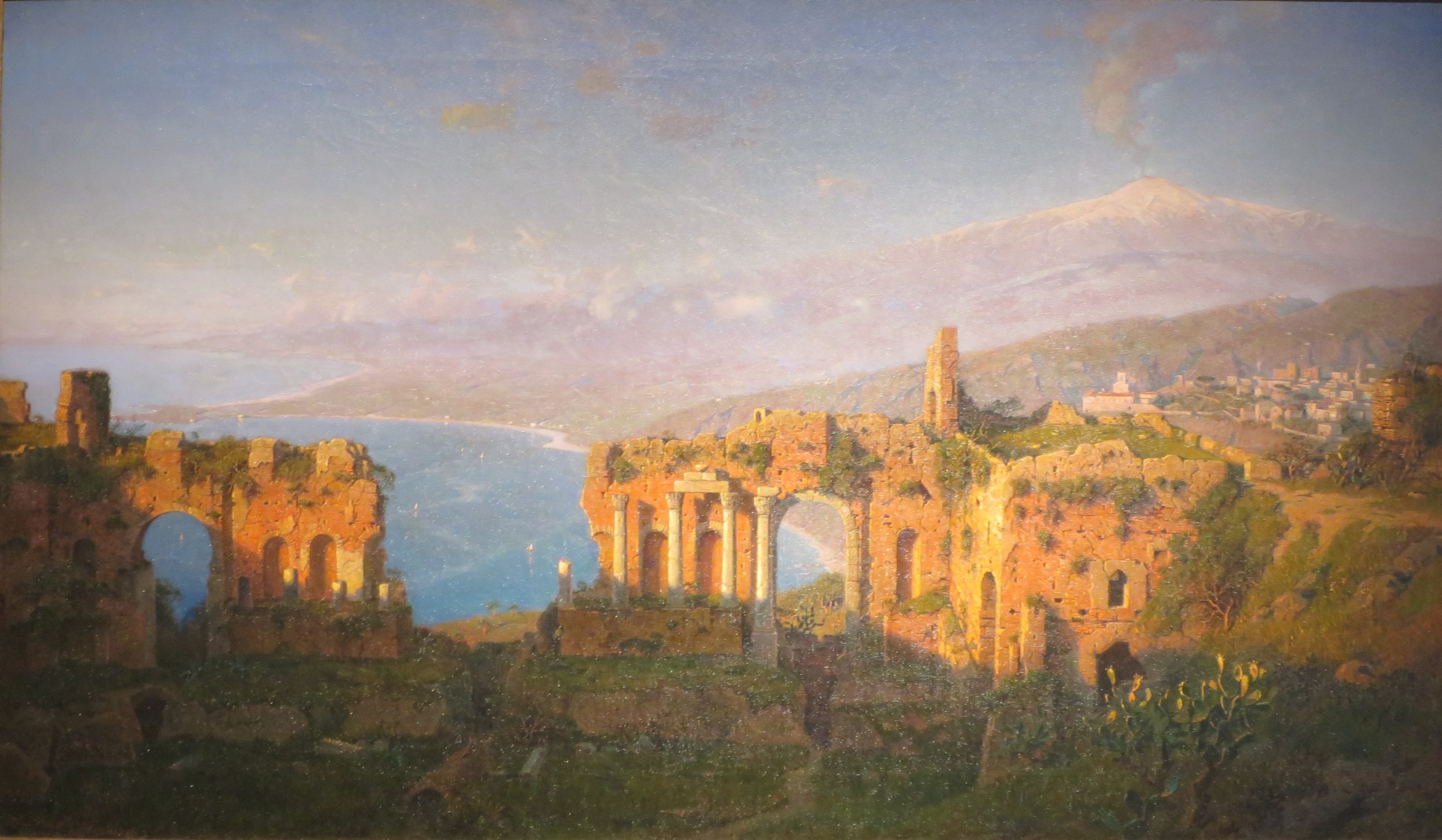
“View from the Ancient Theater in Taormina to Mount Etna” c. 1880 Carl Wuttke
Safety and sustainability for any facility begins with an understanding of who shall occupy it. University settings, with mixed-use phenomenon arising spontaneously and temporarily, present challenges and no less so in square-footage identified as performing arts facilities. Education communities present the largest installed base of mixed use and performing arts facilities. A distinction is made between supervised occupants that are in secondary schools (generally under age 18) and unsupervised occupants that are in university facilities (generally above age 18).
First principles regarding occupancy classifications for performing arts facilities appear in Section 303 of the International Building Code Assembly Group A-1. The public edition of the 2021 IBC is linked below:
2024 IBC Chapter 3: Occupancy Classification and Use
Each of the International Code Council code development groups A, B and C; fetch back to these classifications. You can sample the safety concepts in play with an examination of the document linked below:
2019 GROUP B PROPOSED CHANGES TO THE GROUP B I-CODES
2019 GROUP B PUBLIC COMMENT AGENDA
Each of the foregoing documents are lengthy so we recommend using search terms such as “school”, “college”, ‘”university”, “auditorium”, “theater”, “children”, “student” to hasten your cut through it.
We find continuation of lowering of the lighting power densities as noteworthy. Technical committees assembled and managed by the International Code Council, the American Society of Heating & Refrigeration Engineers and the Illumination Engineering Society are leaders in developing consensus products that drive the LED illumination transformation.
The revision schedule for the next tranche of ICC titles that are built upon the foundation of the IBC is linked below:
2024/2025/2026 ICC CODE DEVELOPMENT SCHEDULE
We encourage experts in education communities — facility managers, research and teaching staff, architectural and engineering students — to participate directly in the ICC Code Development process at the link below:
https://www.iccsafe.org/cdpaccess/
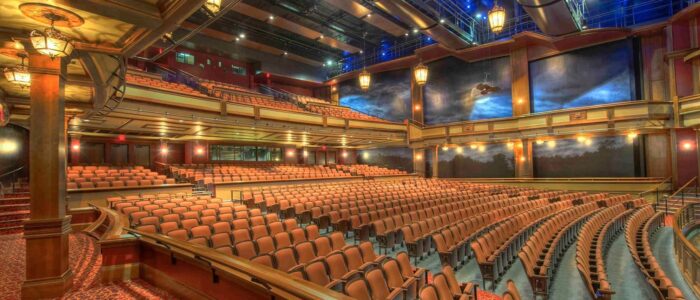
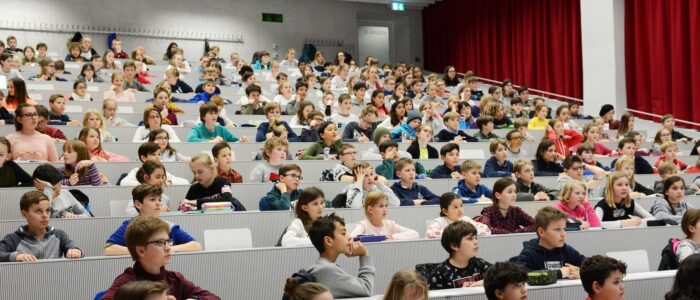
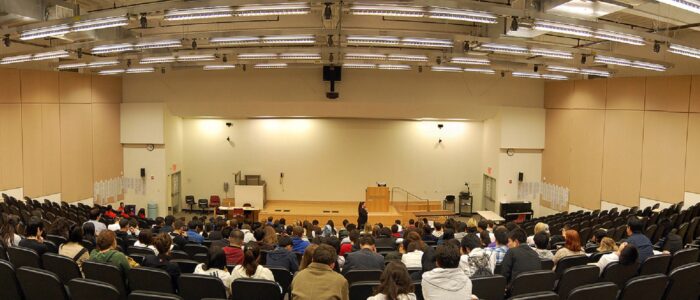
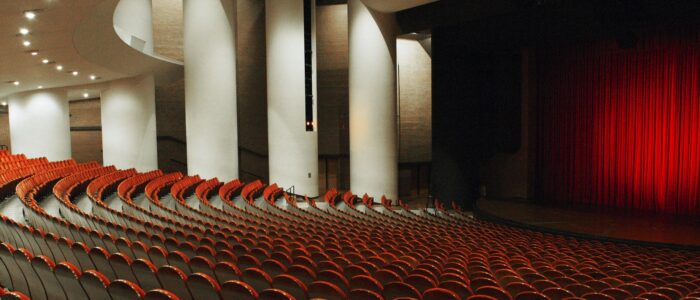
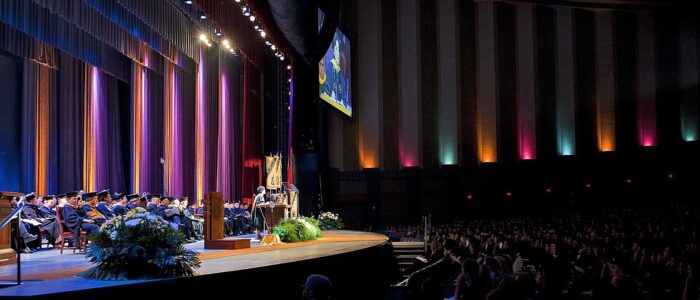
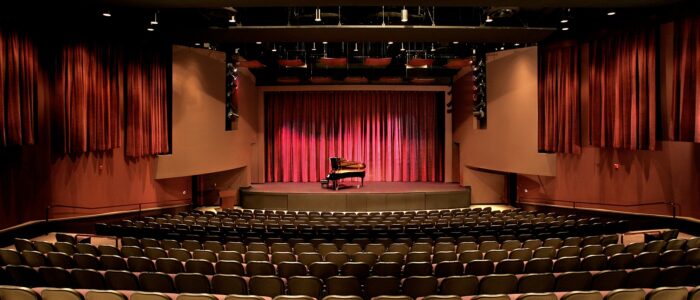
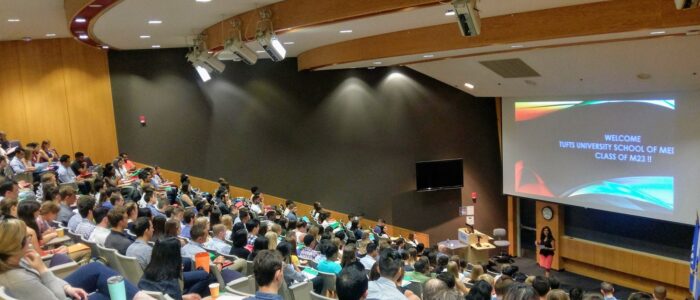
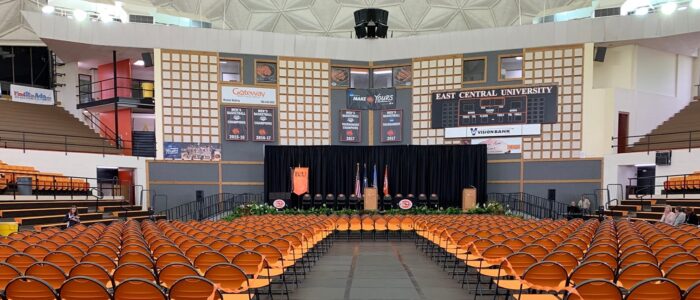
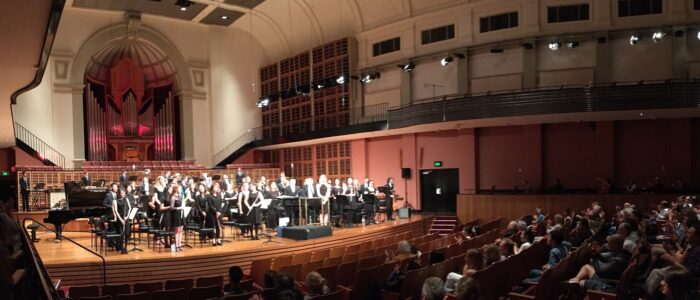
We reserve a place on the agenda of our standing Lively 200 colloquia on this topic. See our CALENDAR for the next online meeting; open to everyone.
Issue: [18-166]
Category: Architectural, Healthcare Facilities, Facility Asset Management
Colleagues: Mike Anthony, Jim Harvey, Richard Robben
The International Code Council (ICC) develops its codes and standards through a consensus-driven process. The ICC Code Development Process follows these major stages:
Code Change Proposal Submission
Stakeholders (e.g., government officials, industry professionals, and the public) submit proposals to modify existing codes or introduce new provisions.
Committee Action Hearing (CAH)
Expert committees review and evaluate submitted proposals.
Public testimony is allowed, and committees vote on whether to approve, disapprove, or modify the proposals.
Public Comment Period
After the CAH, the public can submit comments or suggest modifications to the committee’s decisions.
These comments help refine the proposed changes before final voting.
Public Comment Hearing (PCH)
ICC members discuss and vote on public comments.
This step ensures that all voices are heard and debated before finalizing changes.
Online Governmental Consensus Vote (OGCV)
Governmental members vote on the final code changes electronically.
Only governmental voting members (e.g., code officials) participate in this stage to ensure the process remains unbiased.
Publication of New Code Edition
Approved code changes are incorporated into the next edition of the ICC codes.
The ICC updates its codes every three years (e.g., 2021, 2024, 2027 editions).
This structured process ensures that ICC codes remain comprehensive, up-to-date, and responsive to industry needs while maintaining safety and functionality.
Educational and Day-Care Occupancies (July 23, 2025 Second Draft Transcript)
The Life Safety Code addresses those construction, protection, and occupancy features necessary to minimize danger to life from the effects of fire, including smoke, heat, and toxic gases created during a fire. It is widely incorporated by reference into public safety statutes; typically coupled with the consensus products of the International Code Council. It is a mighty document — one of the NFPA’s leading titles — so we deal with it in pieces; consulting it for decisions to be made for the following:
(1) Determination of the occupancy classification in Chapters 12 through 42.
(2) Determination of whether a building or structure is new or existing.
(3) Determination of the occupant load.
(4) Determination of the hazard of contents.
There are emergent issues — such as active shooter response, integration of life and fire safety systems on the internet of small things — and recurrent issues such as excessive rehabilitation and conformity criteria and the ever-expanding requirements for sprinklers and portable fire extinguishers with which to reckon. It is never easy telling a safety professional paid to make a market for his product or service that it is impossible to be alive and safe. It is even harder telling the dean of a department how much it will cost to bring the square-footage under his stewardship up to the current code.
The 2021 edition is the current edition and is accessible below:
NFPA 101 Life Safety Code Free Public Access
Public input on the 2027 Revision will be received until June 4, 2024. Public comment on the Second Draft 2027 Revision will be received until March 31, 2026.
Since the Life Safety Code is one of the most “living” of living documents — the International Building Code and the National Electric Code also move continuously — we can start anywhere and anytime and still make meaningful contributions to it. We have been advocating in this document since the 2003 edition in which we submitted proposals for changes such as:
• A student residence facility life safety crosswalk between NFPA 101 and the International Building Code
• Refinements to Chapters 14 and 15 covering education facilities (with particular attention to door technologies)
• Identification of an ingress path for rescue and recovery personnel toward electric service equipment installations.
• Risk-informed requirement for installation of grab bars in bathing areas
• Modification of the 90-minute emergency lighting requirements rule for small buildings and for fixed interval testing
• Modification of emergency illumination fixed interval testing
• Table 7.3.1 Occupant Load revisions
• Harmonization of egress path width with European building codes
There are others. It is typically difficult to make changes to stabilized standard though some of the concepts were integrated by the committee into other parts of the NFPA 101 in unexpected, though productive, ways. Example transcripts of proposed 2023 revisions to the education facility chapter is linked below:
Chapter 14 Public Input Report: New Educational Occupancies
Educational and Day Care Occupancies: Second Draft Public Comments with Responses Report
Since NFPA 101 is so vast in its implications we list a few of the sections we track, and can drill into further, according to client interest:
Chapter 3: Definitions
Chapter 7: Means of Egress
Chapter 12: New Assembly Occupancies
Chapter 13: Existing Assembly Occupancies
Chapter 16 Public Input Report: New Day-Care Facilities
Chapter 17 Public Input Report: Existing Day Care Facilities
Chapter 18 Public Input Report: New Health Care Facilities
Chapter 19 Public Input Report: Existing Health Care Facilities
Chapter 28: Public Input Report: New Hotels and Dormitories
Chapter 29: Public Input Report: Existing Hotels and Dormitories
Chapter 43: Building Rehabilitation
Annex A: Explanatory Material
As always we encourage front-line staff, facility managers, subject matter experts and trade associations to participate directly in the NFPA code development process (CLICK HERE to get started)
![]()
NFPA 101 is a cross-cutting title so we maintain it on the agenda of our several colloquia —Housing, Prometheus, Security and Pathways colloquia. See our CALENDAR for the next online meeting; open to everyone.
Issue: [18-90]
Category: Fire Safety, Public Safety
Colleagues: Mike Anthony, Josh Elvove, Joe DeRosier, Marcelo Hirschler
More
When lives are at stake, alternative approaches are welcome. #LifeSafety #AlternativeApproaches #Code #NFPA101 @NFPA
https://t.co/JvWyyZtuLP— ANSI (@ansidotorg) December 20, 2018
COMPLETE MONOGRAPH: 2024 GROUP A PROPOSED CHANGES TO THE I-CODES
Play is the making of civilization—how one plays the game
more to the point than whether the game is won or lost.
The purpose of this standard is to establish the minimum requirements to safeguard health, safety and general welfare through structural strength, means of egress facilities, stability and safety to life and property relative to the construction, alteration, repair, operation and maintenance of new and existing temporary and permanent bench bleacher, folding and telescopic seating and grandstands. This standard is intended for adoption by government agencies and organizations setting model codes to achieve uniformity in technical design criteria in building codes and other regulations.
FREE ACCESS: Standard on Bleachers, Folding and Telescopic Seating, and Grandstands
We are tracking the changes in the transcripts linked below:
ICC 300-2020 edition Public Input Agenda – January 2022
ICC 300-2017 edition Public Comment Draft – October 2017
Consensus Committee on Bleacher Safety (IS-BLE)
This title is on the standing agenda of our Sport, Olahraga (Indonesian), رياضة (Arabic), colloquia. You are welcomed to join us any day at with the login credentials at the upper right of our home page.
2024/2025/2026 ICC CODE DEVELOPMENT SCHEDULE
Virtual reality technology in evacuation simulation of sport stadiums
Code of Practice for Emergency Sound Systems at Sports Venues








Posted December 6, 2019
At the April International Code Council Group A Hearings there were three candidate code changes related to the safety standard of care for athletic venues:
E104-18 (§ 1017 regarding exit travel distances) | PDF Page 218 of the Complete Monograph
F9-18 (§ 304 regarding spaces under bleachers) | PDF Page 1021 of the Complete Monograph
F135-18 (§ 907 regarding communication systems for open air bleachers) | PDF Page 1296 of the Complete Monograph
These concepts will likely be coordinated with another ICC regulatory product — ICC 300 – Standard on Bleachers, Folding and Telescopic Seating, and Grandstands — covered here previously. ICC 300 is a separate document but some of the safety concepts track through both.
The ICC Public Comment Hearings on Group A comments in Richmond Virginia ended a few days ago (CLICK HERE). The balloting is being processed by the appropriate committee and will be released soon. For the moment, we are happy to walk through the proposed changes – that will become part of the 2021 International Building Code — any day at 11 AM Eastern time. We will walk through all athletic and recreation enterprise codes and standards on Friday, November 2nd, 11 AM Eastern time. For access to either teleconference, click on the LIVE Link at the upper right corner of our home page.
Category: Athletics & Recreation, Architectural, Public Safety
Contact: Mike Anthony, Richard Robben, Jack Janveja
LEARN MORE:
Posted October 19, 2017
The International Code Council has launched a new revision cycle for its consensus document — ICC 300 – Standard on Bleachers, Folding and Telescopic Seating, and Grandstands. The purpose of the effort is the development of appropriate, reasonable, and enforceable model health and safety provisions for new and existing installations of all types of bleachers and bleacher-type seating, including fixed and folding bleachers for indoor, outdoor, temporary, and permanent installations. Such provisions would serve as a model for adoption and use by enforcement agencies at all levels of government in the interest of national uniformity.
Comments are due December 4th. The document is free. You may obtain an electronic copy from: https://www.iccsafe.org/codes-techsupport/standards/is-ble/. Comments may be sent to Edward Wirtschoreck, (888) 422-7233, ewirtschoreck@iccsafe with copy to psa@ansi.org)
* With some authority, we can claim that without Standards Michigan, many education industry trade associations would not be as involved in asserting the interest of facility managers in global consensus standards development processes. See ABOUT.
History: How Kentucky Became the World’s Bourbon Capital
Code of Federal Regulations: § 5.143 Whisky (Whiskey)
University of Kentucky College of Agriculture, Food and Environment
New update alert! The 2022 update to the Trademark Assignment Dataset is now available online. Find 1.29 million trademark assignments, involving 2.28 million unique trademark properties issued by the USPTO between March 1952 and January 2023: https://t.co/njrDAbSpwB pic.twitter.com/GkAXrHoQ9T
— USPTO (@uspto) July 13, 2023
Standards Michigan Group, LLC
2723 South State Street | Suite 150
Ann Arbor, MI 48104 USA
888-746-3670
